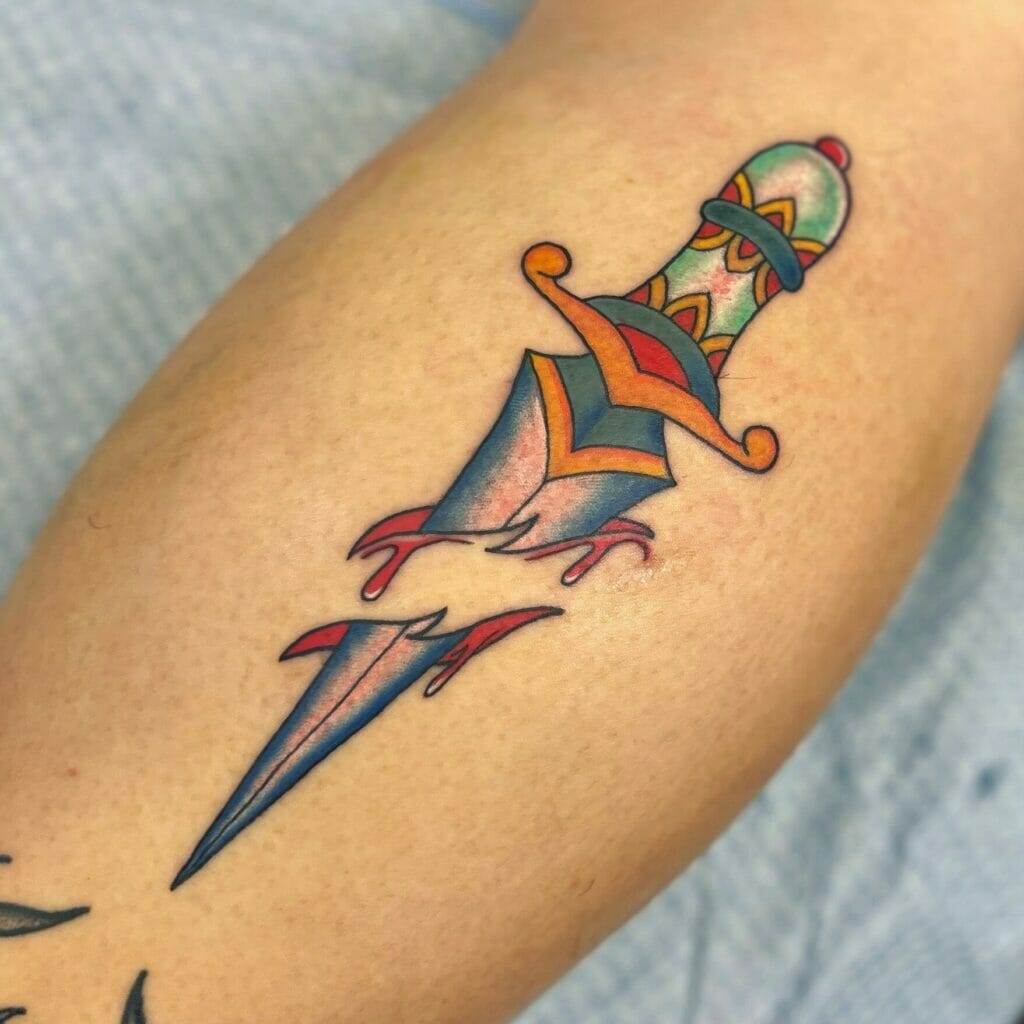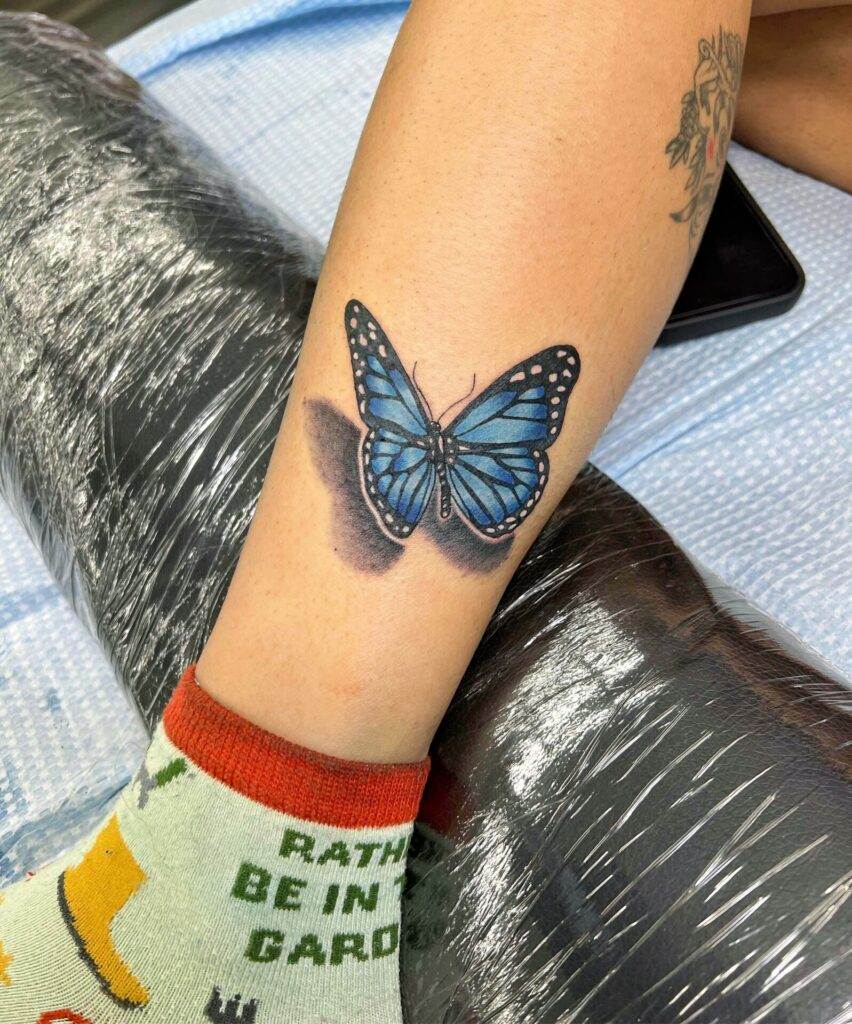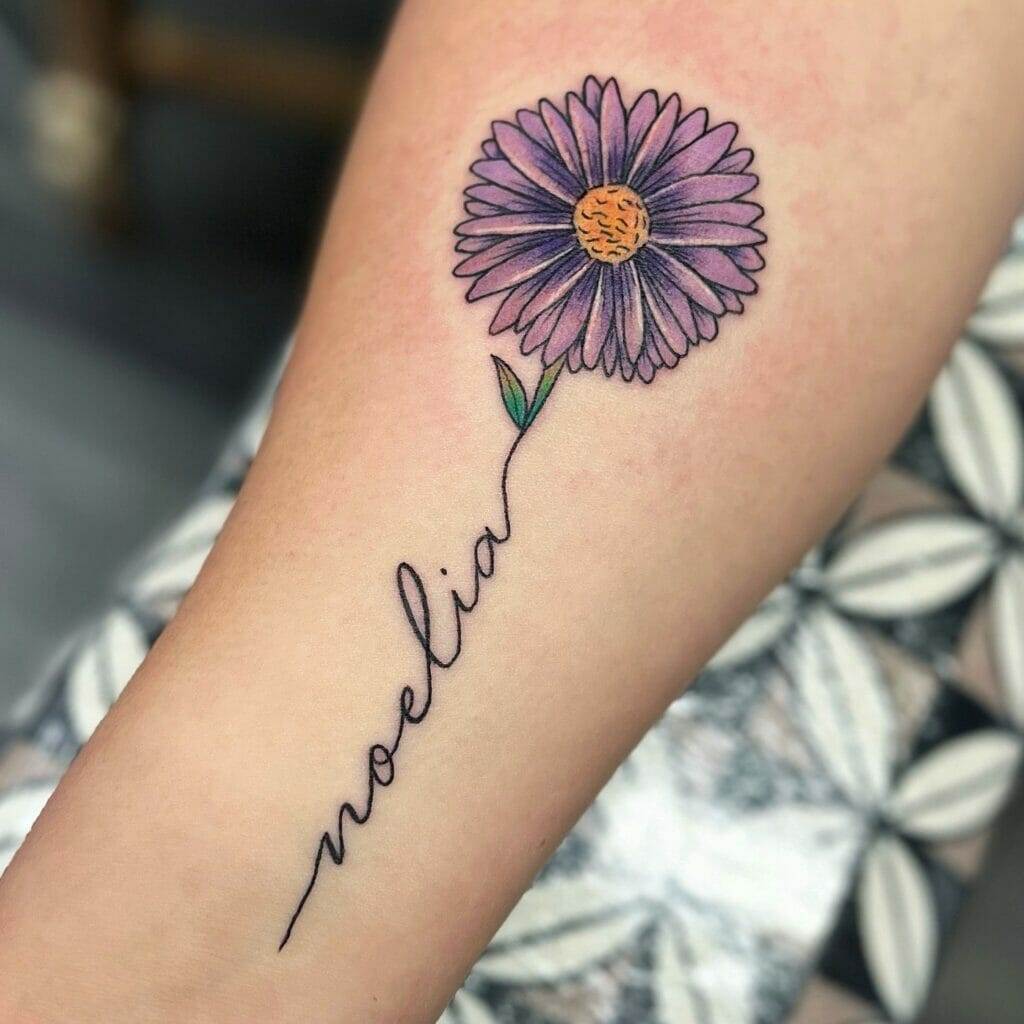Tattoos have become increasingly popular in recent years, with more and more people using them as a form of self-expression. What was once seen as a rebellious act has now become a mainstream trend, with people from all walks of life getting inked. Tattoos are a way to showcase one’s personality, beliefs, and passions, and they can be a beautiful and unique form of art.
The beauty of tattoos lies in their ability to transform the human body into a canvas. Each design is carefully chosen and placed on the skin, creating a permanent work of art that tells a story. Whether it’s a small symbol or a full sleeve, tattoos have the power to make a statement and leave a lasting impression.
The History of Tattooing and Its Evolution into a Form of Self-Expression
Tattooing has been practiced for thousands of years and has evolved significantly over time. The origins of tattooing can be traced back to ancient civilizations such as Egypt, Greece, and China, where tattoos were used for various purposes including religious rituals, status symbols, and identification marks.
In different parts of the world, tattoos have held cultural significance. For example, in Polynesia, tattoos were seen as a rite of passage and were used to mark important milestones in a person’s life. In Japan, tattoos were associated with the criminal underworld but have since become more accepted as a form of art.
Today, tattoos have evolved into a form of self-expression. People use tattoos to showcase their individuality and to express their passions, beliefs, and personal experiences. Tattoos can be deeply meaningful and can serve as reminders of important moments or loved ones. They can also be purely aesthetic, with people choosing designs that they find visually appealing.
The Different Styles of Tattooing and Their Unique Characteristics
There are many different styles of tattooing, each with its own unique characteristics. Traditional tattoos are characterized by bold lines and bright colors, often featuring classic designs such as anchors, roses, and skulls. Neo-traditional tattoos build on the traditional style but incorporate more intricate details and shading.
Realism tattoos aim to replicate the appearance of a photograph or a realistic image. These tattoos require a high level of skill and attention to detail to create a lifelike representation. Watercolor tattoos, on the other hand, use vibrant colors and flowing lines to create a painterly effect. These tattoos often lack black outlines and can give the impression of a watercolor painting on the skin.
Other popular styles include blackwork, which uses only black ink to create bold and graphic designs, and minimalism, which focuses on simple and clean lines. Each style has its own unique characteristics and appeals to different individuals based on their personal preferences and aesthetic tastes.
Choosing the Right Design: Tips and Considerations

Choosing the right design for your tattoo is crucial, as it will be a permanent part of your body. It’s important to choose a design that is meaningful and personal to you. Consider what you want your tattoo to represent and how it aligns with your values and beliefs.
Researching the artist’s portfolio is also essential when choosing a design. Look for an artist who specializes in the style you are interested in and has experience in creating similar designs. Take the time to look at their previous work and see if their style matches your vision.
Placement on the body is another important consideration. Think about how the design will look in different areas and how it will interact with your body’s natural contours. Some designs may work better on certain parts of the body than others, so take this into account when making your decision.
The Tattooing Process: What to Expect and How to Prepare
The tattooing process involves the use of needles and ink to create the design on the skin. Before getting tattooed, it’s important to prepare both mentally and physically. Make sure you are well-rested and hydrated before your appointment, as this will help with the healing process.
During the tattooing process, the artist will use a tattoo machine to inject ink into the skin. This can cause some discomfort, but the level of pain varies depending on factors such as the location of the tattoo, your pain tolerance, and the size of the design. Some areas of the body are more sensitive than others, so be prepared for some discomfort.
To manage pain during the tattooing process, it’s important to communicate with your artist. Let them know if you’re feeling uncomfortable or if you need a break. Taking breaks can help alleviate discomfort and give you a chance to rest.
The Pain Factor: How to Manage Discomfort During and After Tattooing
Pain is a common concern for many people considering getting a tattoo. While it’s true that getting a tattoo can be uncomfortable, there are ways to manage the pain and make the experience more bearable.
One option is to use a numbing cream before your tattoo appointment. Numbing creams contain ingredients such as lidocaine or benzocaine, which help to temporarily numb the skin and reduce pain. These creams can be applied to the skin before the tattooing process and can help to make the experience more comfortable.
During the tattooing process, taking breaks can also help manage discomfort. If you’re feeling overwhelmed or if the pain becomes too intense, don’t hesitate to ask your artist for a break. Taking short breaks can give you a chance to rest and regroup before continuing with the tattoo.
After getting a tattoo, it’s normal for the area to feel sore and tender. It’s important to follow your artist’s aftercare instructions to ensure proper healing. This may include keeping the tattoo clean and moisturized, avoiding direct sunlight, and avoiding activities that may cause excessive sweating or irritation.
Aftercare: Essential Tips for Keeping Your Tattoo Looking Its Best
Proper aftercare is essential for keeping your tattoo looking its best and ensuring proper healing. After getting a tattoo, your artist will provide you with specific aftercare instructions that you should follow closely.
One of the most important aspects of aftercare is keeping the tattoo clean. Gently wash the tattoo with mild soap and water, being careful not to scrub or rub the area. Pat the tattoo dry with a clean towel and apply a thin layer of fragrance-free moisturizer to keep the skin hydrated.
It’s also important to avoid direct sunlight during the healing process, as UV rays can fade the ink and cause damage to the skin. If you need to be outside, make sure to cover your tattoo with clothing or use a high SPF sunscreen to protect it.
Avoid swimming or soaking in water for at least two weeks after getting a tattoo, as this can increase the risk of infection. It’s also important to avoid picking or scratching at the tattoo, as this can disrupt the healing process and cause scarring.
Covering Up or Removing a Tattoo: What You Need to Know
While tattoos are meant to be permanent, there may come a time when you want to cover up or remove a tattoo. There are several options available for covering up a tattoo, including getting a new tattoo over the existing one or using makeup to conceal it.
If you’re considering removing a tattoo, there are several methods available. Laser tattoo removal is the most common method and involves using laser technology to break down the ink particles in the skin. This process requires multiple sessions and can be expensive.
Another option for tattoo removal is surgical excision, which involves cutting out the tattooed skin and stitching the surrounding skin together. This method is typically used for smaller tattoos and may leave a scar.
It’s important to note that both covering up and removing a tattoo come with risks and potential consequences. Covering up a tattoo may not always be possible depending on the size, color, and location of the existing tattoo. Removing a tattoo can be a lengthy and expensive process, and it may not completely remove all traces of the tattoo.
The Future of Tattooing: Trends and Innovations to Watch For
The world of tattooing is constantly evolving, with new trends and innovations emerging all the time. One trend that has gained popularity in recent years is the use of geometric designs and patterns. These tattoos often feature intricate lines and shapes that create a visually striking effect.
Another trend is the use of white ink tattoos, which create a subtle and ethereal look on the skin. White ink tattoos are often used for delicate designs such as flowers or feathers and can be a unique alternative to traditional black ink.
In terms of innovations, there have been advancements in tattoo technology that have made the process more efficient and less painful. For example, some artists are now using rotary tattoo machines, which are quieter and cause less vibration than traditional coil machines. There are also new types of ink being developed that are more vibrant and longer-lasting.
The future of tattooing holds endless possibilities, with new techniques and styles constantly emerging. As technology continues to advance, we can expect to see even more innovative and creative tattoos in the years to come.

Embracing Your Unique Style Through Ink and Color
Tattoos have become a powerful form of self-expression, allowing individuals to embrace their unique style and showcase their personality. Whether it’s a small symbol or a full sleeve, tattoos have the power to make a statement and leave a lasting impression.
The beauty of tattoos lies in their ability to transform the human body into a canvas. Each design is carefully chosen and placed on the skin, creating a permanent work of art that tells a story. Tattoos can be deeply meaningful and can serve as reminders of important moments or loved ones. They can also be purely aesthetic, with people choosing designs that they find visually appealing.
If you’re considering getting a tattoo, take the time to research different styles and artists to find the right fit for you. Remember that getting a tattoo is a personal decision, and you should choose a design that is meaningful and personal to you. Embrace your unique style through ink and color, and let your tattoo be a reflection of who you are.



